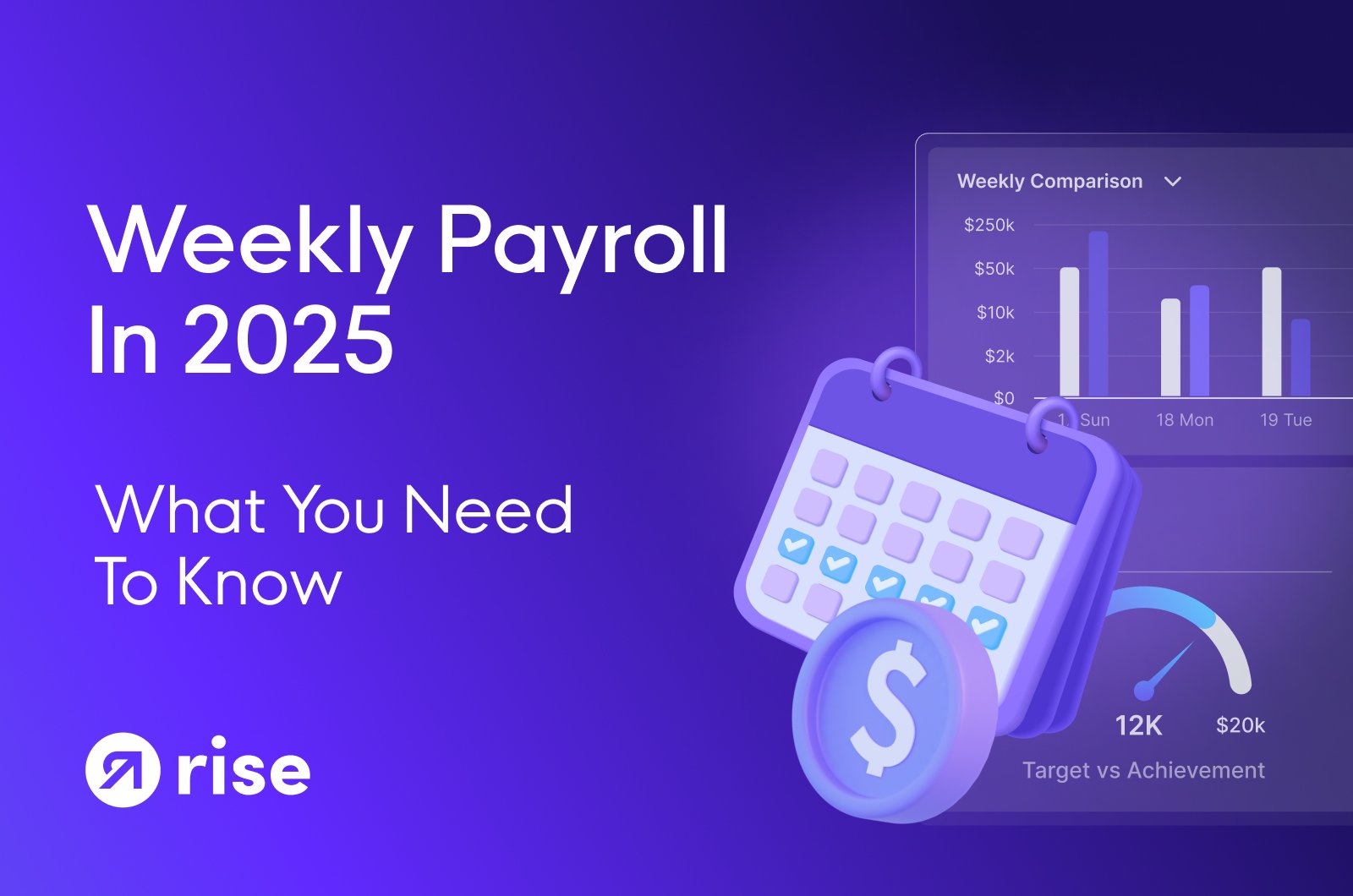Payroll Software Comparison 2025: Which One Is Right for You? In today’s fast-paced digital landscape, businesses—big or small—are continuously searching for ways to simplify operations, especially when it comes to payroll. Payroll processing is one of the most critical yet time-consuming tasks in any organization. With 2025 seeing rapid innovation and new entrants in the payroll software industry, choosing the right tool for your company can feel overwhelming. This guide dives into a comparison of top payroll software in 2025, their features, pros and cons, and which type of business each is best suited for.
Why Payroll Software Matters in 2025
As remote work, gig economy roles, and multi-country operations become more common, payroll is no longer a straightforward process. Compliance with changing tax laws, automation, integrations, and employee self-service portals have become key components of effective payroll software.
With the right payroll solution, you can:
- Automate salary calculations and tax withholdings
- Stay compliant with federal, state, and international laws
- Manage employee benefits, deductions, and reimbursements
- Generate reports and payslips easily
- Integrate with HR and accounting systems
Now, let’s compare the top payroll software of 2025.
Top Payroll Software Solutions in 2025
1. Gusto
Best for: Small to medium-sized businesses (SMBs)
Overview:
Gusto continues to dominate in 2025 with its intuitive design and all-in-one HR and payroll services. It supports onboarding, time tracking, benefits administration, and compliance management.
Pros:
- User-friendly interface
- Direct deposit, W-2s, 1099s handled automatically
- Employee self-service portal
- Integration with QuickBooks, Xero, and more
Cons:
- Limited support for international payroll
- Higher-tier features can be expensive
2. ADP Workforce Now
Best for: Mid-sized to enterprise businesses
Overview:
ADP is a legacy provider that remains relevant due to its robust enterprise-level features and global payroll capabilities.
Pros:
- Scalable for large organizations
- Compliance support across multiple regions
- Customizable reporting and analytics
- Mobile app with advanced features
Cons:
- Complex pricing structure
- Can feel overwhelming for small businesses
3. QuickBooks Payroll
Best for: Small businesses already using QuickBooks
Overview:
QuickBooks Payroll is an easy add-on for businesses using QuickBooks for accounting. In 2025, it has improved its automation features and tax penalty protection.
Pros:
- Seamless integration with QuickBooks
- Auto payroll for salaried employees
- Tax penalty protection up to $25,000
- Easy-to-use dashboard
Cons:
- Not ideal for businesses with international staff
- Limited HR features
4. Rippling
Best for: Tech-savvy startups and scaling companies
Overview:
Rippling has positioned itself as a modern, scalable platform that combines payroll, HR, and IT management. It’s ideal for fast-growing companies that need more than just payroll.
Pros:
- Full automation of onboarding/offboarding
- Global payroll support
- Extensive app integrations (Slack, Zoom, etc.)
- Unified platform for HR and IT
Cons:
- Learning curve for non-technical users
- Pricing not transparent
5. Paychex Flex
Best for: Businesses wanting customizable service packages
Overview:
Paychex Flex provides flexibility and strong customer support. It’s particularly useful for businesses that want to choose features à la carte rather than bundled.
Pros:
- 24/7 customer support
- Scalable solutions for all business sizes
- Built-in HR tools and retirement plan management
- Real-time analytics
Cons:
- Interface can feel outdated
- Extra costs for advanced features
Key Features to Consider Before Choosing
✔ Scalability
Make sure the software can grow with your business. If you plan to expand to multiple states or countries, choose software that supports multi-location payroll and global compliance.
✔ Integrations
Ensure your payroll software integrates with your accounting, HR, and time-tracking systems. This can reduce manual data entry and minimize errors.
✔ Employee Self-Service
This feature allows employees to view their payslips, update personal info, and access tax documents, which can reduce the workload on HR teams.
✔ Tax Compliance
In 2025, compliance is more complex than ever. Choose a provider that updates automatically with the latest tax codes and provides end-of-year forms.
✔ Customer Support
Reliable, accessible support can save time and reduce stress. Look for 24/7 chat, email, or phone support depending on your team’s needs.
Which Payroll Software Is Right for You?
Here’s a quick breakdown based on business type:
- Freelancers/Solo Entrepreneurs: QuickBooks Payroll or Gusto Simple
- Small Businesses: Gusto or QuickBooks Payroll
- Medium to Large Businesses: ADP Workforce Now or Paychex Flex
- Tech Startups: Rippling
- Global Teams: ADP or Rippling
Conclusion
Payroll software in 2025 is more powerful and versatile than ever before. Whether you’re managing a team of five or five hundred, there’s a payroll solution that fits your business needs. The key is to focus on features that align with your size, growth trajectory, and integration needs. With automation, compliance, and efficiency at your fingertips, the right payroll software can transform your business operations for the better.
